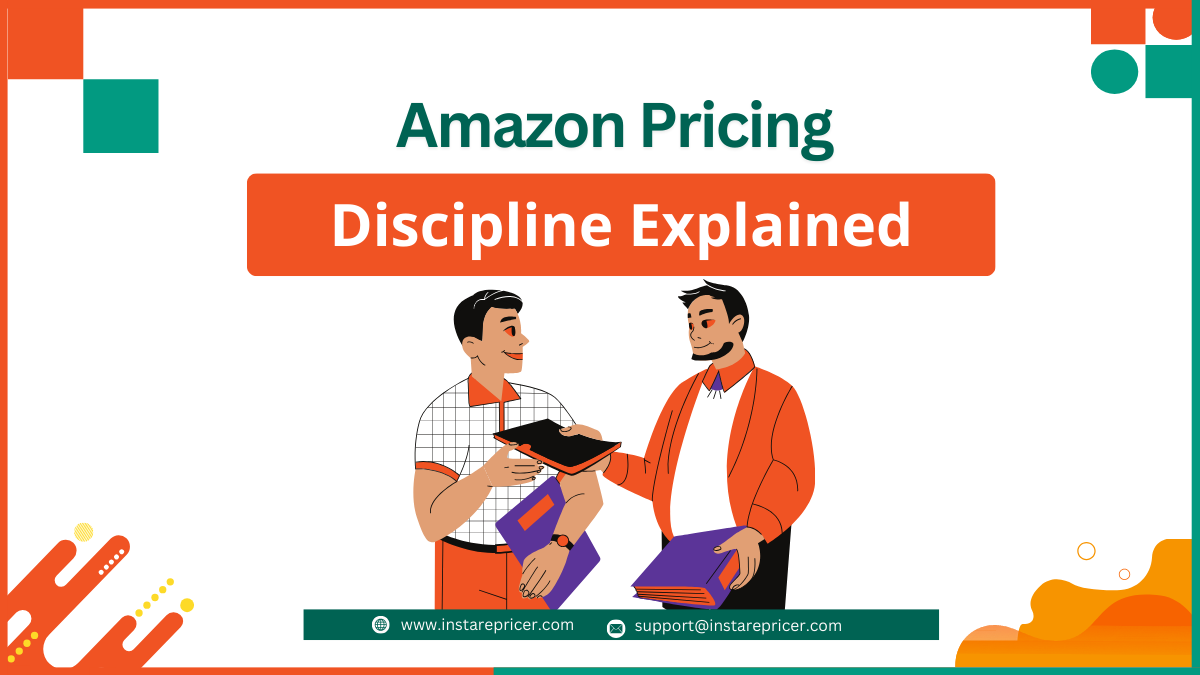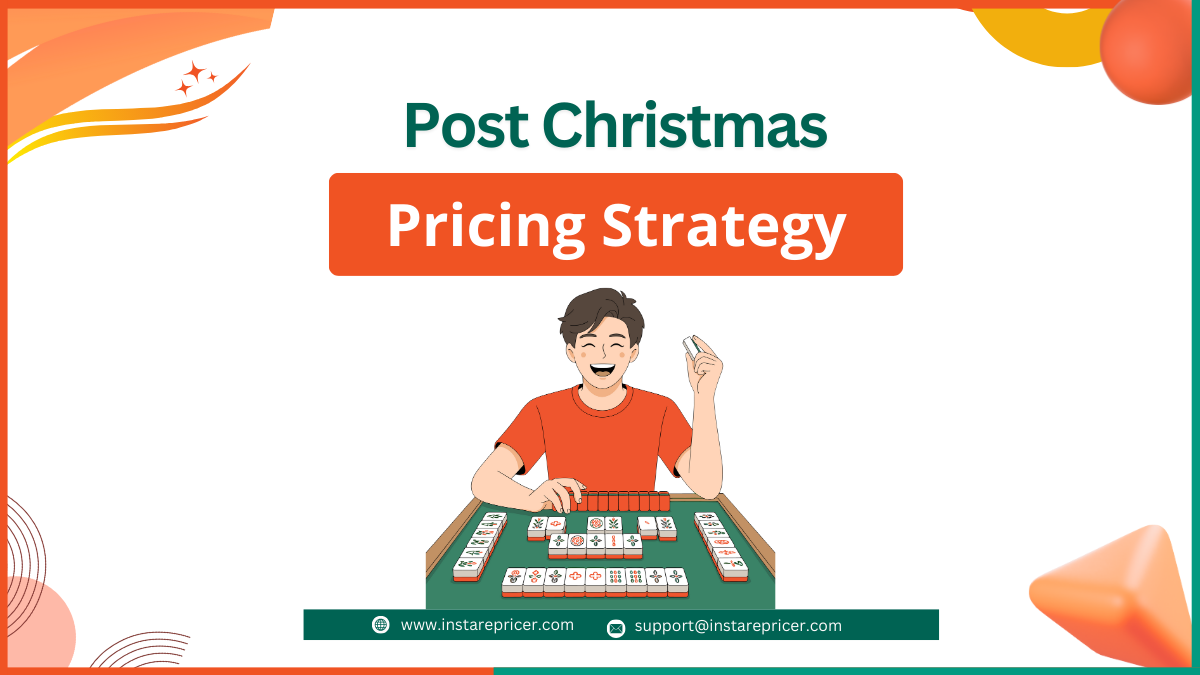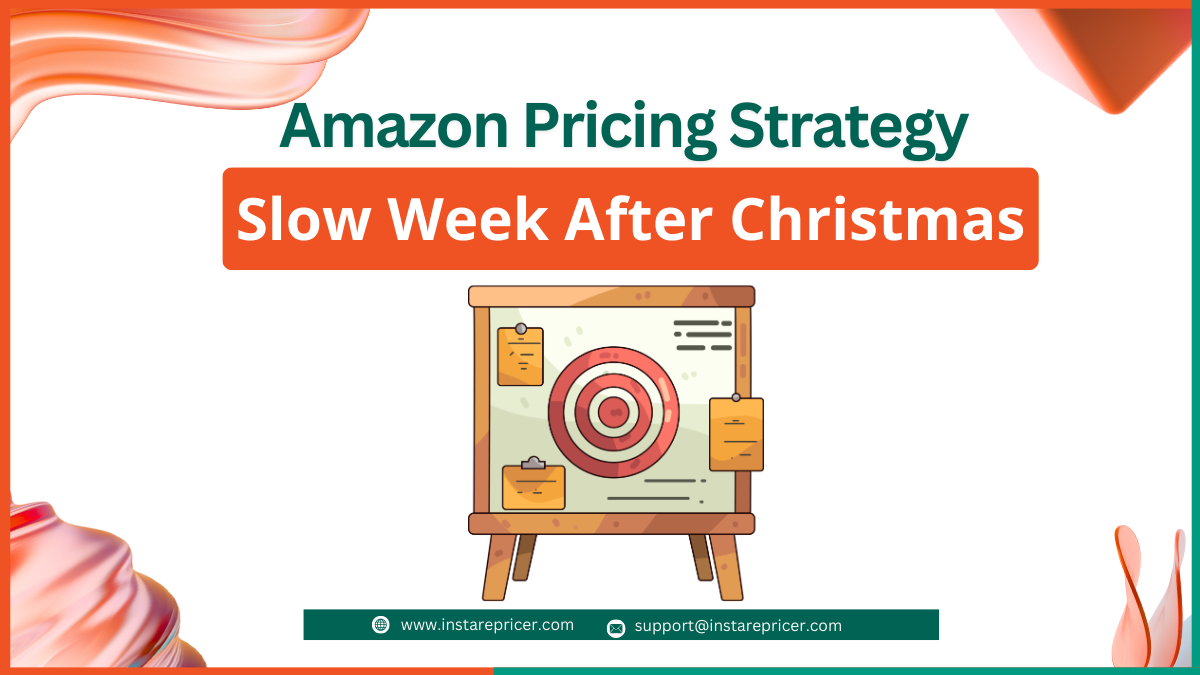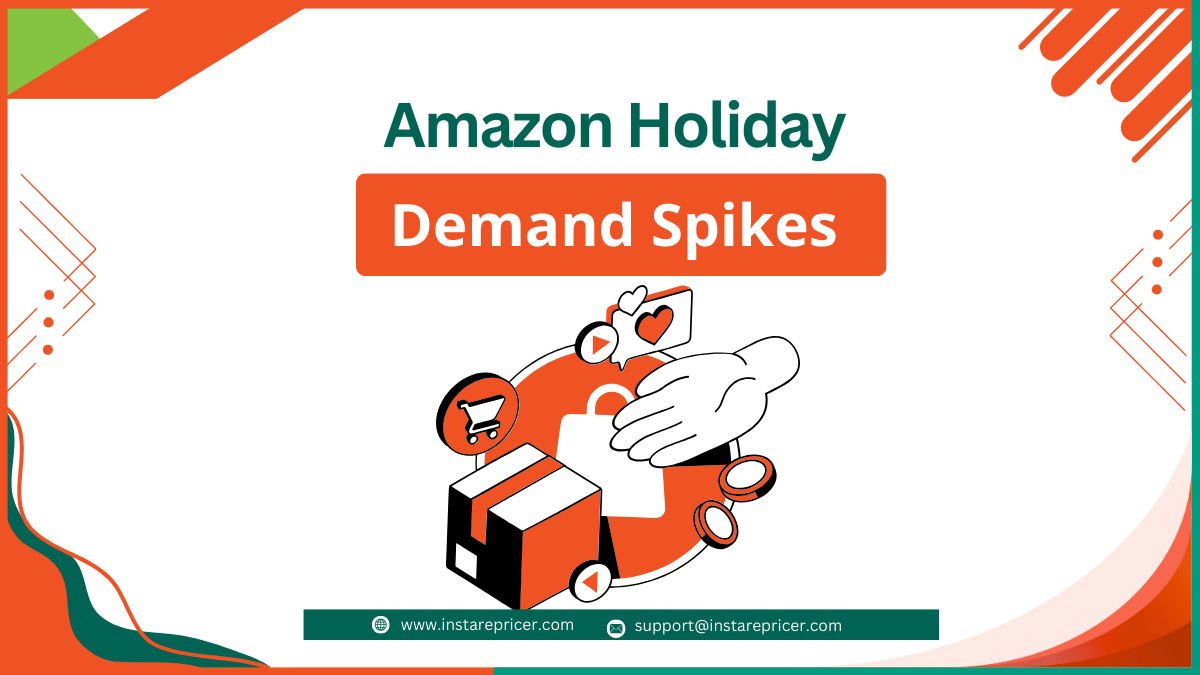In the highly competitive world of e-commerce, particularly on platforms like Amazon, pricing strategies play a crucial role in determining a seller’s success. Among the various strategies, repricing is one of the most dynamic and effective ways to stay ahead of the competition. However, simply having a repricing tool is not enough; optimizing your repricing strategy is key to maximizing profitability and maintaining a competitive edge. Here’s how to do it.
Understanding Repricing

Repricing involves adjusting the prices of your products in response to market conditions, competitor pricing, demand fluctuations, and other relevant factors. Effective repricing helps ensure that your products remain competitively priced, thereby increasing the chances of winning the Buy Box on Amazon—a coveted spot that significantly boosts sales.
Key Elements of an Effective Repricing Strategy
To optimize your repricing strategy, consider the following key elements:
- Know Your Costs and Margins:
Before you start tweaking your prices, you need a thorough understanding of your costs, including purchase price, shipping, Amazon fees, and other overheads. Knowing your margins helps you set a floor price—the lowest price you can sell a product without incurring a loss. This prevents underpricing, which can hurt your profitability. - Set Competitive Yet Profitable Prices:
Striking the right balance between competitive pricing and maintaining healthy margins is crucial. Use your repricing tool to set rules that keep your prices competitive while ensuring you still make a profit. This might involve setting a minimum margin percentage that you’re willing to accept. - Utilize Dynamic Repricing:
Dynamic repricing adjusts your prices in real-time based on a set of predefined rules and market conditions. This is particularly useful in fast-moving markets where prices can change frequently. Dynamic repricing can help you respond quickly to competitor price changes, stock levels, and demand fluctuations. - Leverage Advanced Algorithms:
Many advanced repricing tools use sophisticated algorithms and AI to predict market trends and competitor behavior. These tools can automatically adjust your prices based on a multitude of factors, helping you stay ahead of the competition. Investing in such a tool can significantly enhance your repricing strategy. - Monitor Competitors Closely:
Keeping a close eye on your competitors is essential. Regularly monitor their pricing, stock levels, and overall strategy. Understanding their behavior can help you anticipate their moves and adjust your pricing accordingly. Some repricing tools offer competitor monitoring features, making this task easier. - Focus on the Buy Box:
The Buy Box is where the magic happens on Amazon. Winning the Buy Box can lead to a substantial increase in sales. Your repricing strategy should be geared towards winning and maintaining the Buy Box. Factors like pricing, shipping speed, seller rating, and stock availability all influence Buy Box eligibility. - Optimize for Different Marketplaces:
If you sell on multiple marketplaces, tailor your repricing strategy to each one. Different platforms have different dynamics and customer expectations. Customize your pricing rules for each marketplace to ensure you remain competitive across the board.
Implementing Your Repricing Strategy

Now that you understand the key elements of a robust repricing strategy, here are some practical steps to implement it effectively:
- Choose the Right Repricing Tool:
Selecting a reliable and feature-rich repricing tool is the first step. Look for tools that offer real-time repricing, advanced algorithms, competitor monitoring, and customizable pricing rules. Ensure the tool integrates seamlessly with your e-commerce platform. - Set Clear Objectives:
Define what you want to achieve with your repricing strategy. Are you aiming to increase sales volume, improve profit margins, or boost your Buy Box percentage? Having clear objectives will guide your repricing rules and adjustments. - Create Pricing Rules:
Develop pricing rules based on your objectives. For instance, you might set a rule to never price below a certain margin or to match the lowest price if it’s within your acceptable range. Regularly review and adjust these rules based on performance and market conditions. - Test and Iterate:
Implementing a repricing strategy is not a set-it-and-forget-it task. Continuously test different rules and approaches to see what works best. Use the data from your repricing tool to analyze the impact of different strategies and refine your approach accordingly. - Monitor Performance:
Regularly review your repricing performance metrics. Look at key indicators like sales volume, profit margins, Buy Box percentage, and overall revenue. Use this data to identify trends and make informed adjustments to your strategy. - Stay Informed:
E-commerce is a rapidly evolving landscape. Stay updated with industry trends, competitor activities, and changes in marketplace policies. Being informed allows you to adapt your repricing strategy proactively.
Common Mistakes to Avoid
While optimizing your repricing strategy, be mindful of common pitfalls:
- Overly Aggressive Pricing:
Aggressive pricing can lead to a race to the bottom, eroding your profit margins. Avoid setting prices too low just to outcompete others. Focus on maintaining a balance between competitiveness and profitability. - Ignoring Long-Term Strategy:
Short-term gains are important, but don’t lose sight of your long-term business goals. Ensure your repricing strategy aligns with your overall business objectives and growth plans. - Neglecting Customer Experience:
Price is a significant factor, but it’s not the only one. Pay attention to other aspects like product quality, customer service, and shipping times. A holistic approach to customer satisfaction can enhance your competitive edge. - Essential Tips for Amazon Sellers
Conclusion
Optimizing your repricing strategy is essential for success in the competitive e-commerce landscape. By understanding your costs, setting competitive prices, leveraging advanced repricing tools, and continuously monitoring performance, you can stay ahead of the competition and maximize your profitability. Avoid common mistakes, stay informed about market trends, and focus on delivering a great customer experience to ensure long-term success.












